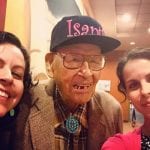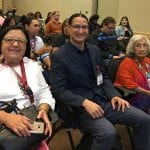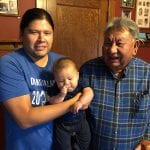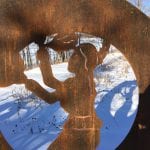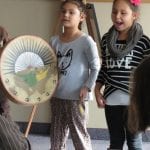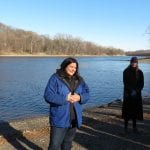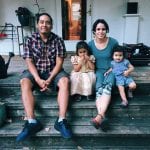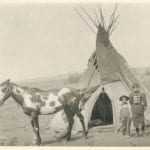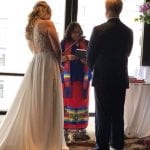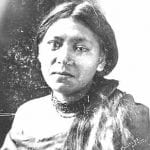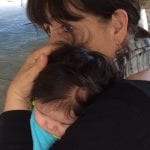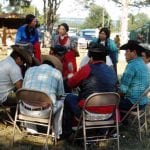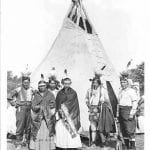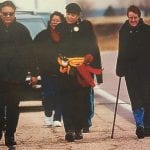People
At Ȟeyáta Othúŋwe, the village at Bde Maka Ska, the Dakota language was first written down. For this and many other reasons, this lake is an important place in Dakota history. Language, land, and traditions of the people are the three foundations of Dakota identity, as represented by the tripod of tipi poles that hold up traditional dwelling places – and in unique ways Bde Maka Ska connects Dakota people to all of those cultural assets. Dakota people are modern people, living in a modern world, treasuring Dakota values, traditions, and places.
One of the greatest nations in the history of our continent originated in the place that is today called Minnesota: the Seven Council Fires (Oceti Sakowin) of the “Great Sioux Nation.” Four of the Council Fires –the Mdewakanton, Wahpekute, Sisseton and Wahpeton – are known collectively as the Dakota. While their compatriots (the Yankton, Yanktonai and Lakota) migrated west, the Dakota have maintained their connection to this place for centuries.
Listen to Dakota people as they share information about Minnesota’s most enduring culture. The Language subpage offers translation of the Dakota words at the Bde Maka Site, notes on orthography – the way a language is written and more.
The Bde Maka Ska name restoration is, for Dakota people, part of a larger effort to reinvigorate the use of their language. Having known the devastating effects that language loss can have communities and individuals, Dakota people understand well how important language is to creating a sense of community, a sense of connection to one another and to the places where we live.
The art project here reflects the enduring relationships to this place that are embodied in the Dakota language. The project also recognizes the significance of this site as the place where Dakota first became a written language.
Our people are storytellers.
Cheyanne St. John
Clicking on photos below will open photo gallery.
